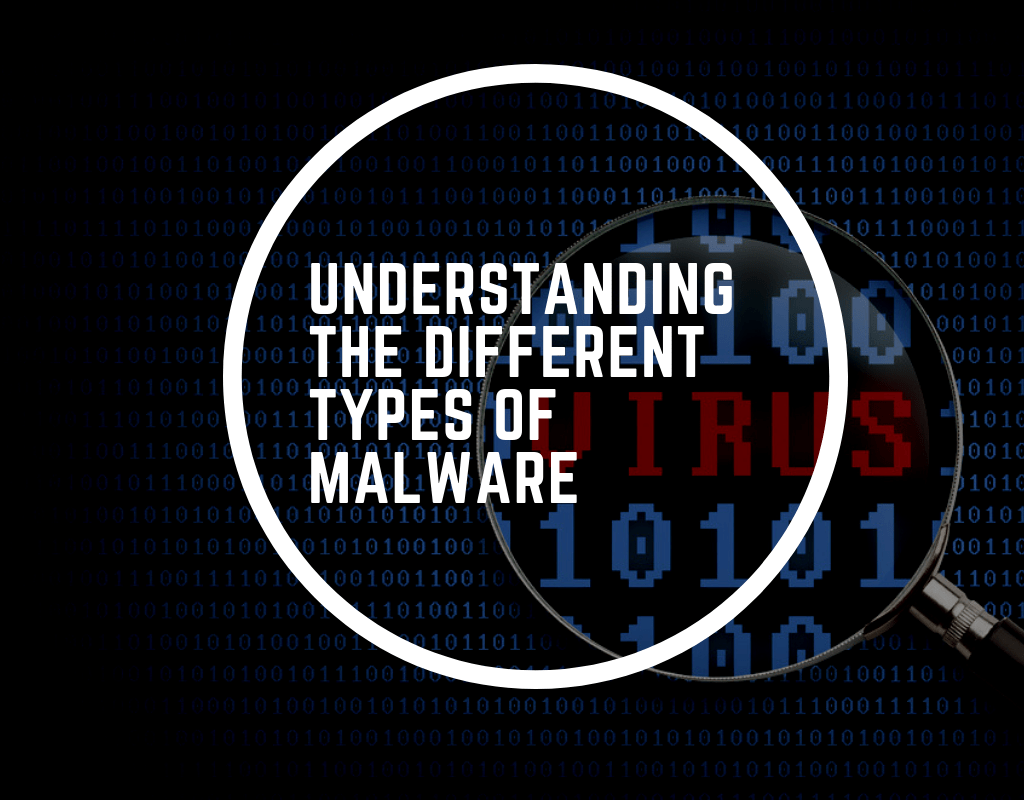Different Types Of Malware! Malicious software — or malware — is talked about when dangerous software is used to access and infect a computer or network without being detected. A lot of people hear terms like viruses, adware, spyware, ransomware, worms, or Trojan horses; these are all different types of malwares that can severely damage computers. Cybersecurity companies are constantly on the lookout to find these treacherous codes and put a stop to them before they cause significant damage.
All forms of malware are extremely dangerous once they infiltrate a device, but the way malware functions differ depending on the type. Below is a list of several types of malware and short definitions of how they work
Different Types Of Malware: Viruses
Function — Software that replicates itself over and over again once it is activated
Threat — Viruses will corrupt or delete data
Location — Comes in emails
Different Types Of Malware: Adware:
Function — Software that throws advertisements up on your screen (pop-ups)
Threat — Can also corrupt your server and disable you from getting online
Location — Found on the web; can appear through potential unwanted programs
Different Types Of Malware: Spyware
Function — software that sneakily clings to your computer’s OS
Threat — collects all kinds of information
Location — Can come in through terms and conditions you agree to
Different Types Of Malware: Ransomware
Function — Software from crypto-virology that will lock you out of your own files
Threat — They will block you from your own files until you pay a ransom
Location — Usually carried in through a download or an attachment in an email
Extra — Outlaws
Different Types Of Malware: Worms:
Function — Software that relies on vulnerabilities in a computer and spreads like a virus
Threat — They replicate to a point that your network is damaged, and bandwidth consumed
Location — Found in vulnerable codes
Different Types Of Malware: Trojans
Function — Software that looks legitimate but is activated once its program is clicked
Threat — Designed to damage your computer in any way — disrupt, steal, infect, etc.
Location — They appear in what looks like normal social media ads or other normal links
These descriptions only summarize some of the key components of what these malicious software programs can do, but they all carry an equal amount of concern if your computer is affected. In addition, there are a few other types of malware that we haven’t discussed — Botnet, Rootkit, Spam, etc.
When malware was first created, it was used as pranks and experiments, but now it is always destructive. Cybersecurity companies use programs such as SIEM (Security Information and Event Management) solutions to combat these dangerous attacks. If your network or computer is infected by malware, you should contact a cybersecurity company immediately.
Malware is not the only form of dangerous online attack, there is also spoofing, phishing, and other security hackers that might be able to penetrate your computer’s basic line of defense. To detect any threats before they become a problem, contact us today.





